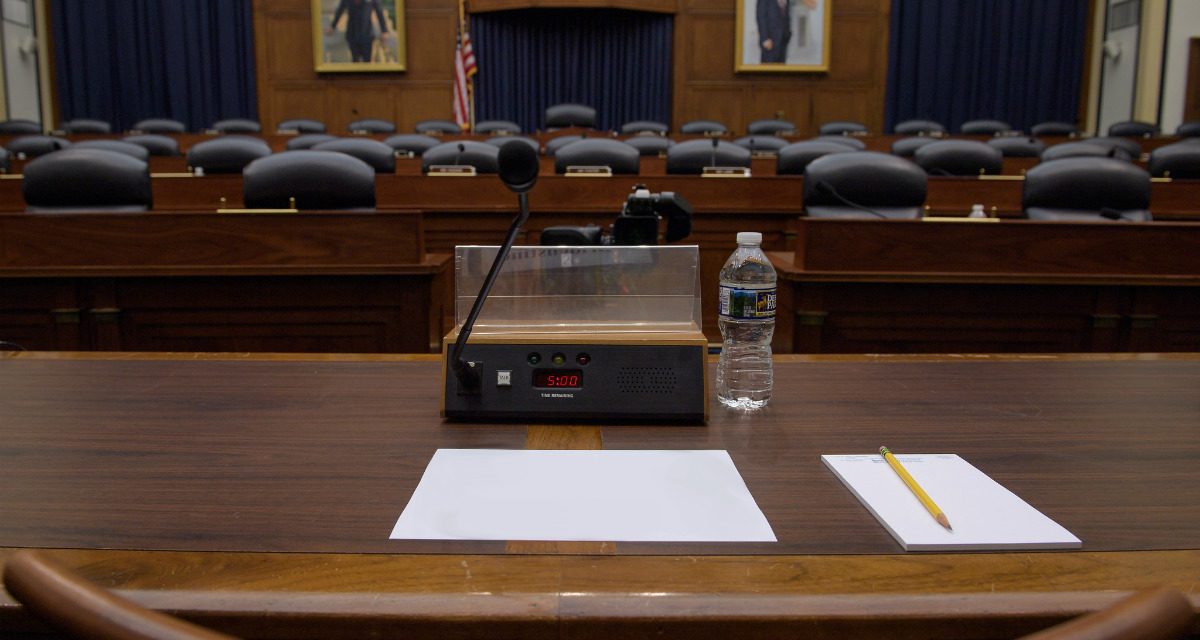By Milan Vaishnav
When India’s prime minister, Narendra Modi, ran for the top job five years ago, he campaigned as the country’s best hope for economic reform. The government he ran against, led by the Congress party, had mismanaged the economy, fallen into paralysis, and faced one major corruption scandal after another. Modi convinced voters that he was the answer to their economic woes. He spouted slogans like “minimum government, maximum governance” and promised that the “government has no business to be in business.” On the strength of such promises, he led his Bharatiya Janata Party (BJP) to a sweeping general election victory in 2014 and followed that with a landslide reelection in 2019.
Modi has enjoyed remarkable political success in that time. Public opinion surveys show that he is as popular today as he was five years ago. He has created the most powerful, centralized prime ministerial office since that of Prime Minister Indira Gandhi 35 years ago, concentrating many cabinet functions in the hands of close aides. Modi’s party has secured a second straight parliamentary majority and radically expanded its grip on India’s states: today, two-thirds of all state governments rest with the BJP or its allies. If current projections hold, the BJP and its allies could occupy a majority in India’s upper house of parliament—which must confirm major legislation passed in the lower house—by the end of next year.


















/arc-anglerfish-arc2-prod-mco.s3.amazonaws.com/public/C5CCA6D2IRH7TCZROEG3UJPJYM.jpg)
/arc-anglerfish-arc2-prod-mco.s3.amazonaws.com/public/YIZA3QZWNJH7JI3L7XMMPYCU7U.jpg)
/arc-anglerfish-arc2-prod-mco.s3.amazonaws.com/public/KHKO67JAVNFKRLZR5DQWOJ56GQ.jpg)